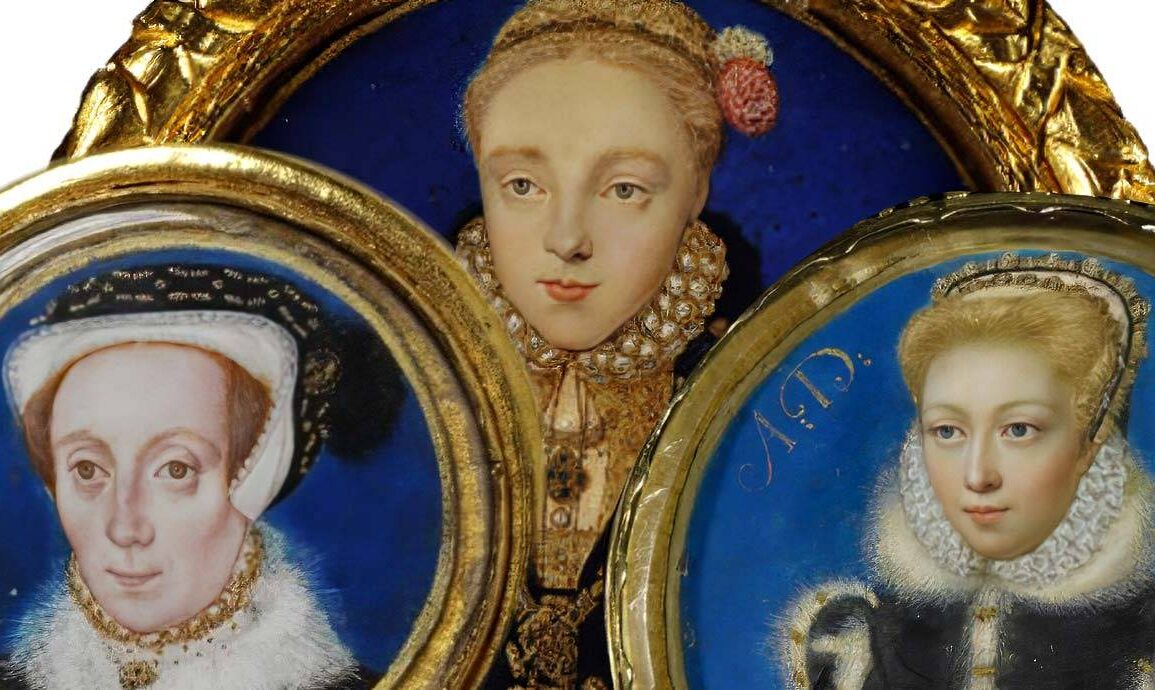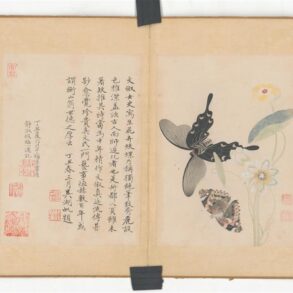
Levina Teerlinc played an essential role in the artistic history of the Tudor court, yet she is rarely mentioned compared to other Tudor artists. There are many reasons for this. Not only was it easy for a woman artist to be overlooked throughout history, but the circumstances surrounding her work made it incredibly hard for art historians to attribute her work correctly. Levina Teerlinc has become a forgotten artist of the Tudor court, but modern art historians have started to take an interest in her mysterious oeuvre.
Who Was Levina Teerlinc?
Levina Teerlinc was a Flemish artist specializing primarily in miniature portraits and illuminated manuscripts, both of which she learned how to do from her father, Simon Bening. Simon Bening made his career in Bruges by joining the Guild of Saint John and Saint Luke. He served as their dean of calligraphers, booksellers, illuminators, and bookbinders. He died in Bruges in 1561 as one of the last notable artists of the Netherlandish tradition.
Two of his daughters continued his legacy: Levina Teerlinc and her sister, Alexandrine Claeiszuene, who became a prominent art dealer. While her sister stayed in mainland Europe, Levina Teerlinc took an internship at a workshop in Rome before emigrating to England when she was invited to be a court artist by the King in 1546. There, she became a royal court member, serving as an official painter to the King and a lady-in-waiting to two subsequent Queens.
Teerlinc went to England during the last few years of King Henry VIII’s reign but was kept on as an official artist during the reign of all of the Tudor monarchs—Henry VIII, Edward VI, Mary I, and Elizabeth I. There are a handful of miniatures thought to have been painted by Teerlinc. However, there is no way to confirm that due to Teerlinc’s life circumstances, the nature of her work, contemporary societal expectations, and her lack of use of a signature. Though much of her work is lost, she must have been a highly prominent artist to receive an invitation from the King of England and become one of the highest-paid artists of the English court throughout the reigns of Mary I and Elizabeth I.
Get the latest articles delivered to your inbox
Sign up to our Free Weekly Newsletter
Why Was Levina Forgotten?


There are many reasons for her successful career being nearly lost to time. The first reason, and likely one of the most glaring reasons, was her gender. According to an essay by art historian Linda Nochlin, the suppression of women artists throughout art history has been strategic and purposeful in creating a male-dominated field of great artists. Great is not necessarily used literally, meaning talented or skillful, but in a way that signifies remembrance throughout history.
When one conjures images of so-called great artists throughout history, for example, names like Leonardo da Vinci, Michelangelo Caravaggio, or Sandro Botticelli come to mind. Rarely is a woman listed among them, and this has been especially true until the mid-20th century. Nochlin touches on one of the main reasons for this—hierarchy in art and the strategic oppression of women in Royal Art Academies, specifically the banning of women from life drawing classes which were required in order to be viewed as a great artist.
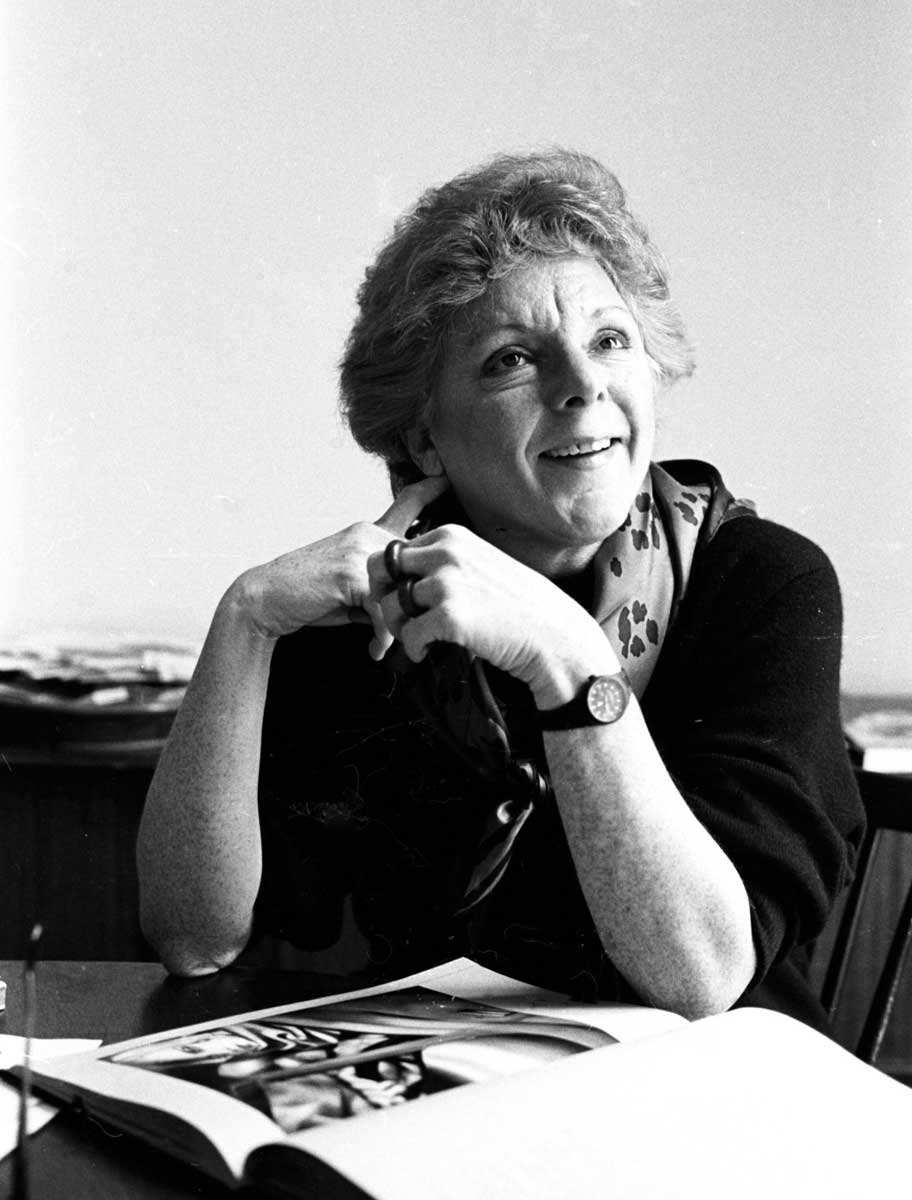

Today, there have been efforts to undo this oppression by reigniting study on women artists such as Artemisia Gentileschi or Judith Leyster, though Nochlin cautions labeling these women artists as great artists now that our attention has been drawn back to them, claiming that there are no great women artists in art history. Her claim does not stem from a belief that women are incapable of greatness but that they have been stunted because of the strategic oppression of women’s greatness, calling forth a recognition of women’s lack of opportunity throughout history.
Levina Teerlinc may be an exception to the lack of opportunity, but not the lack of remembrance in the following centuries. Though she may have been great in her day, she was unable to go down in history as a great artist because men who dominated the field, while their wives served in domestic roles, did not give them the attention they deserved and, therefore, allowed them to fall into obscurity as the years passed. A male art historian from the early 20th century named Miles de Montmorency said, “Several minor Flemish painters were working in England in the early 1500s, and the names of Gerard, Luke and Susannah Horenbout, Johannes Corvus, […] Levinia Terlink […], are preserved, but none of these was an artist of important standing.” However, contemporary records of her annual salary of 40 pounds, a significant amount at the time, say otherwise.
A Lady-In-Waiting
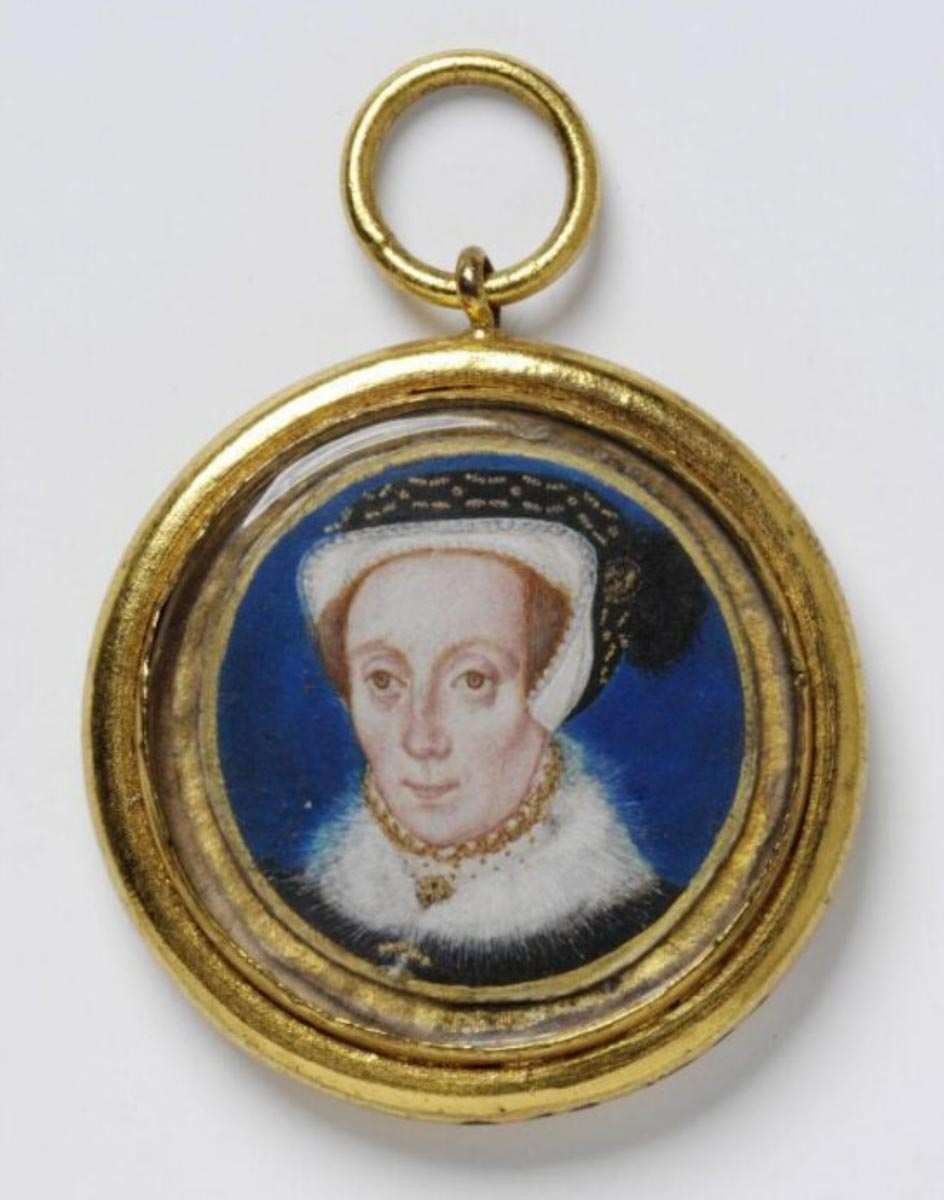

Besides being forced into obscurity due to a lack of study in a male-dominated field, Levina Teerlinc has aspects of her life that would have held her back from producing large quantities of artwork. Her role as a lady-in-waiting to Mary I and Elizabeth I would have kept her incredibly busy. A lady-in-waiting was expected to tend to the Queen nearly constantly. Being one of the few people admitted into the Queen’s privy chambers, Teerlinc would have been with the Queen nearly all hours of the day to tend to her every need. Not only were they expected to tend to the Queen’s every need, but they were also expected to anticipate her needs.
Therefore, it was essential to be focused while working as a lady-in-waiting. Ladies-in-waiting needed a sharp eye and hypervigilance to properly care for the Queen, as they tended to her in private and at all public functions. When the Queen did not require tending, they were still expected to be there, even as simply pleasant decor to enhance the Queen’s regal image amongst the courtiers and other officials. Teerlinc would have spent most of her time tending to the Queen rather than working on artworks, despite her official role as a court artist and the sought-after skill she possessed. Her royal duties would have left little time for her work.
Hierarchy of Art


The same Royal Art Academies that banned women from being present at life-drawing classes, which barred them from the status of great, also set a precedent in the art field concerning the hierarchy of art. However, the hierarchy of art itself dates back to the 16th century when Teerlinc would have been active in England. History painting was at the top of the hierarchy, which required great skill on a large scale and knowledge of history, philosophy, and human expression.
This was followed by portraiture, landscape, still-life, and genre painting, which depicted everyday life, typically of lower-class people. It was largely seen as improper for a woman to paint too far up in the hierarchy, which could have imposed limits on Teerlinc’s patronage. Even if she bypassed the societal scorn for women painting portraits with her miniatures, it likely would have affected her flow of work, especially amongst male patrons. This is likely why most of her support at the Tudor court came from high-standing women.
Levina Teerlinc’s Miniatures
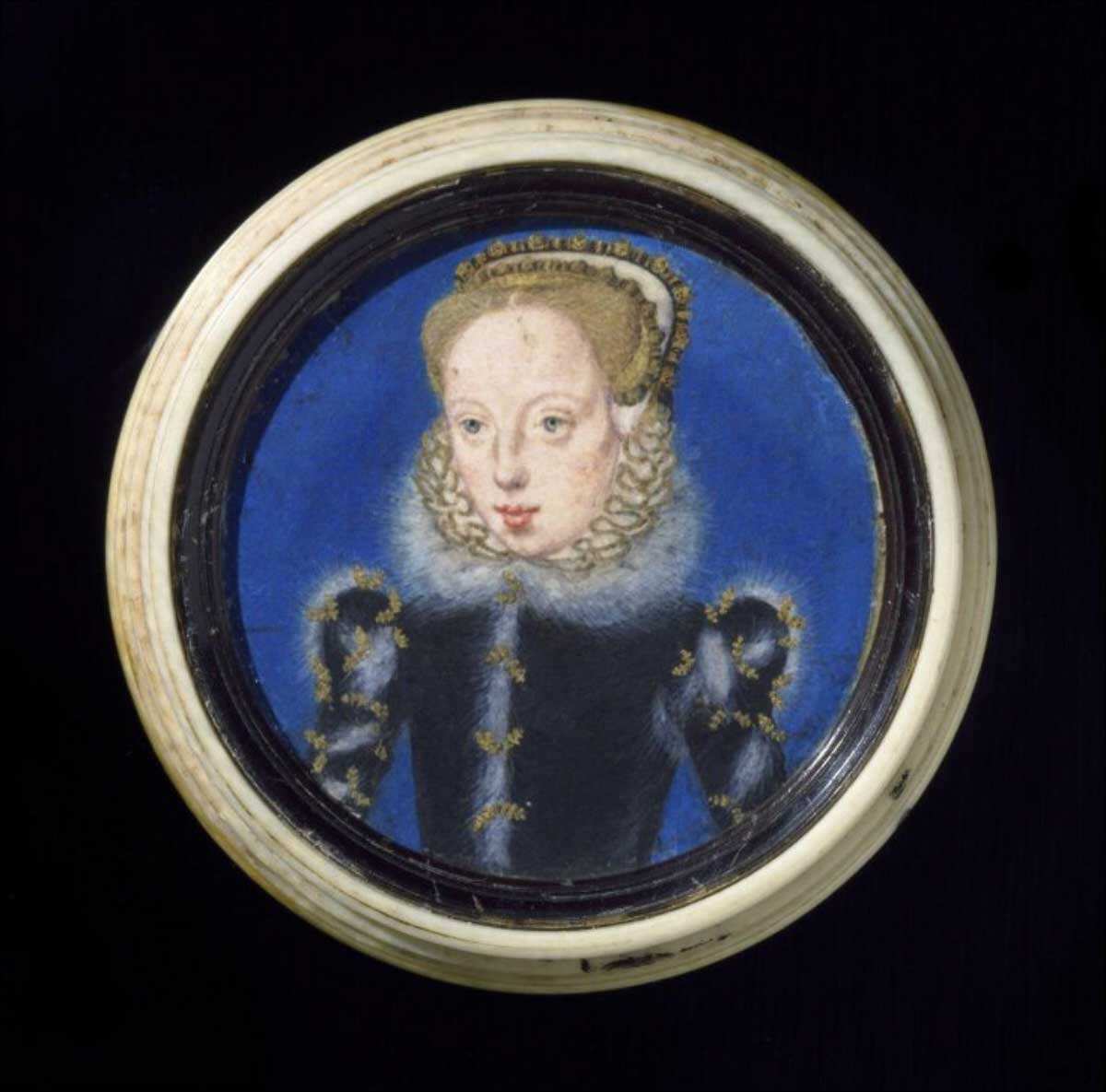

Her style of work also plays a significant role in her obscurity. As she created primarily miniatures and illuminated manuscripts, her work would have spread easily across the kingdom due to their size. Her artwork did not consist of large-scale paintings that would be laborious to create and move to different locations. Miniatures were often carried on someone’s person as a memento of a loved one or a gift. As people carried these miniature paintings around, they certainly would have gotten ruined or lost on a larger scale than full-size paintings, simply due to the nature of their use and how often they would have been passed around and handled. A modern comparison could be a wallet photo, which nobody expects to last more than a few decades—if even that long—when regularly carried around in someone’s pocket.
Her work that survives is a testament to her skill. Miniatures could be tiny, sometimes as small as a fingernail, yet the sitters’ faces and features are clearly distinguishable. What is less distinguishable is her personal style of painting. Miniatures were often very similar in style, making it challenging to properly accredit Teerlinc’s work to her. To make matters more complex, Teerlinc did not sign her work, like her predecessor, Hans Holbein the Younger. Therefore, provenance for her work is nearly impossible to track, and her work, though agreed upon by many art historians, cannot be solidly attributed to Teerlinc.
Teerlinc’s Patrons


Teerlinc’s most prominent supporters were women of the court, notably women close to the Queen or the Queen herself, depending on the year. These women included Katherine Parr, Anne Herbert, Katherine Grey, Mary I, and Elizabeth I. Though Teerlinc also painted for male patrons, the high-standing women’s support helped her progress as an artist. Producing artwork for these women helped spread her work throughout the kingdom and created a sense of prestige around her work, especially amongst other women.
Teerlinc’s work has been criticized by 20th-century art historians, calling her draftsmanship unsatisfactory for the deformities of her sitters. Her sitters are often pictured with thin waists and arms, which could be interpreted as a deformity to modern viewers with the goal of viewing the portraits as a modern person would view a photograph—a physical copy of a likeness. However, this likely would not have been the goal for Teerlinc, who would have been working with high-standing courtiers hoping to obtain an idealized, propagandized portrait of themselves rather than an accurate likeness.


These changes to appearance were standard practice, especially among the rich and powerful, to create an image of themselves that matched their rank and desires. Examples of this in other works include Holbein’s famous portrait of Henry VIII. Though it is not a miniature meant to be carried by an individual, it was a display of power nonetheless, which was the intended effect of the painting.
Similarly, people now alter their photographs to fit a beauty standard or narrative they wish to tell with their image. In fact, one of the reasons her work is so hard to establish as her own is because of the uniformity of miniaturists’ working styles, making it difficult to distinguish one artist’s miniature from another. With this in mind, we can assume that the deformities in her work are intentional and likely wished for by the sitters themselves. Teerlinc was not at liberty for artistic freedom but instead painted to fulfill patrons’ requests.
Levina Teerlinc’s Legacy


Levina Teerlinc was an artist of great importance to the Tudor court, though her artwork is obscured by history today. There are a multitude of reasons for this. Her work mainly consisted of miniatures and illuminated manuscripts. She obtained her artistic skills from her father and an internship in Rome before emigrating to England by invitation from King Henry VIII. In England, she served as a lady-in-waiting to Queen Mary I and Queen Elizabeth I, though she maintained her official status as a painter for the royal court.
Miniatures were carried around, making damaging or losing them easy over the years. She also did not sign her work, which makes it hard to attribute her miniatures to her definitively, made even more difficult by the similar, and sometimes indistinguishable, styles of miniaturists at the time. Though she made a sizable annual salary and held considerable prestige thanks to the high-standing ladies of the court, her life’s work remains largely unknown to modern people. A significant reason for this is the systemic oppression of women in the male-dominated art field, who sought to place higher importance on male artists throughout art history.




